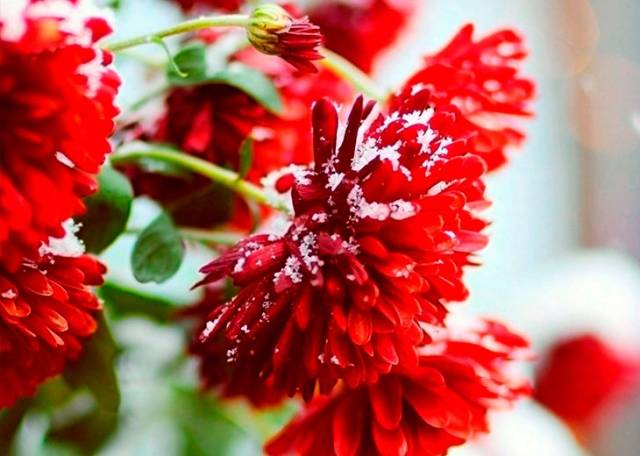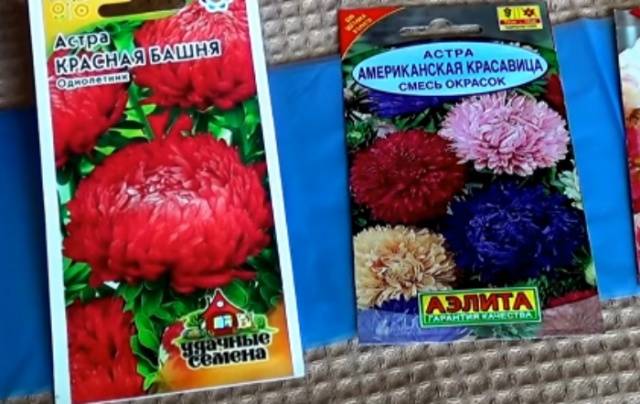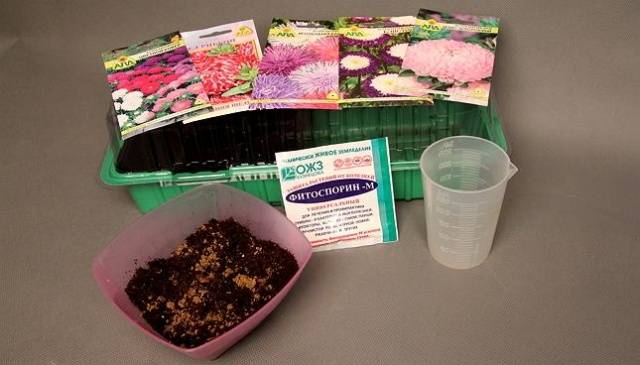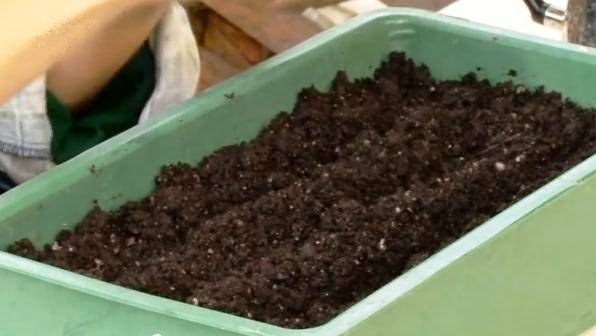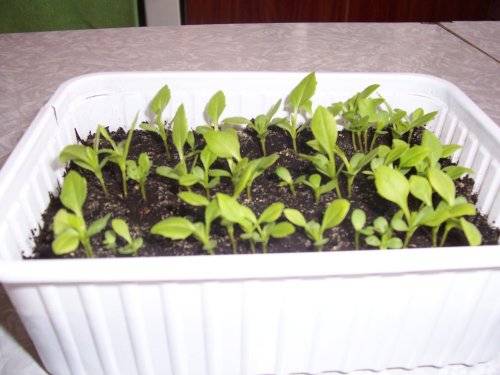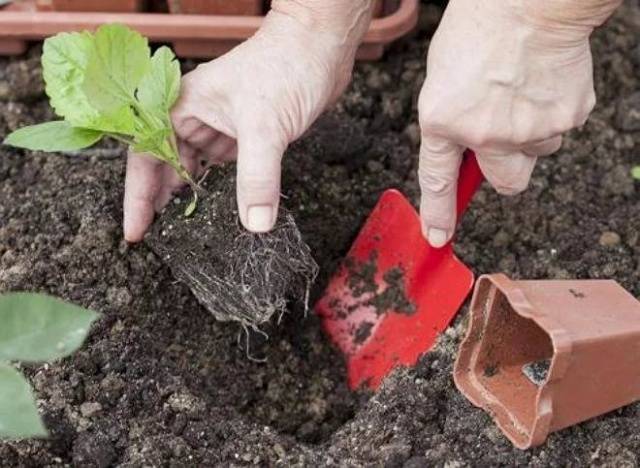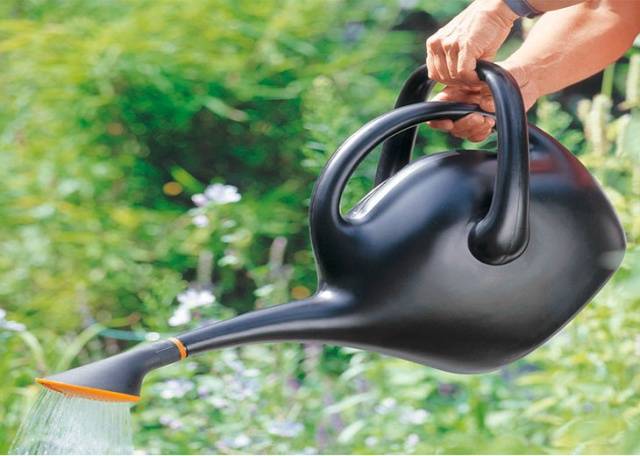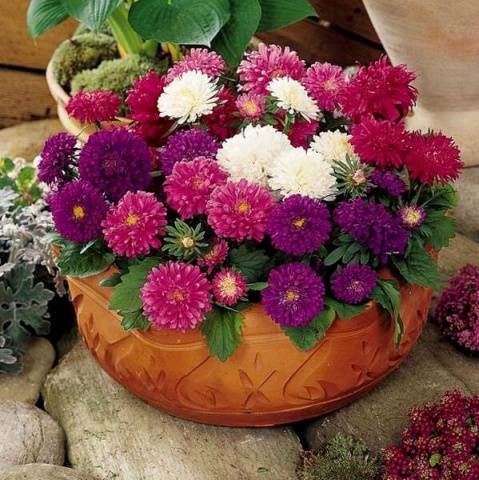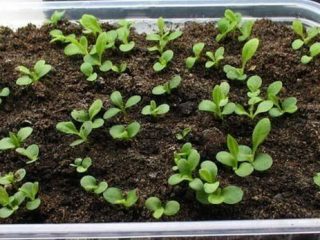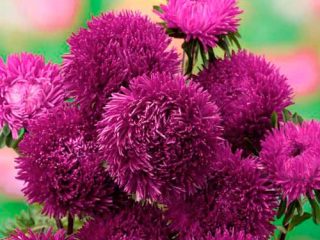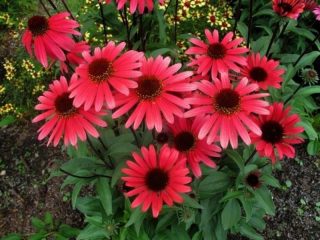Content
Aster, a herb of the Asteraceae or Asteraceae family, began to be grown in gardens as early as 1825. And then she was assigned to the Callistefus family. If you also saw the names - Chinese, garden aster or callistefus, it should be understood that we are talking about the same plant.
Gardeners who first decided to take up culture are interested in the question of how and when to plant asters for seedlings. In the article, we will try to highlight in detail the main nuances of growing these garden flowers by seedlings, and also point out possible mistakes.
Short description
Garden aster varieties were bred on the basis of a wild relative growing today in China, Korea, Mongolia and some territories of Russia. These are annuals that bush well due to the growth of a large number of shoots.
Stems of wild asters are erect, green or reddish in color. The height of the wild plants is about a meter. The flowers are small, in shape and color, in many respects, they are inferior to cultivated varieties.
Selection asters are distinguished by their variety of colors, different colors and basket shapes. Only green and orange asters are missing! Among the popular varieties, there are simple, double, thick double baskets with a diameter of 3 to 17 cm.
The duration of the flowering of asters depends on the species (annuals or perennials), as well as on the timing of cultivation until the moment the first buds bloom. Varieties of early, middle and late flowering dates were bred. All this is directly related to the choice of the timing of sowing asters for seedlings.
Choosing the timing
At home, it is possible to grow asters from seeds in all regions of Russia, taking into account climatic conditions. If in the south you can get lushly blooming representatives of the Astrov family by direct sowing of seeds into the ground, then in a more severe climate only through seedlings. That is why flower growers are interested in when it is necessary to start planting.
So, when are aster seeds sown for seedlings? No specialist will give an unambiguous answer, since the timing will depend on many factors:
- Climate. In the southern regions, asters are sown in May, because it is warm there even in October. Plants have time to grow, they have enough time to bloom. In regions with a sharply continental climate, sowing seeds should be done in the last decade of March or early April.
- Flowering time. The second point that should not be overlooked when deciding the timing of sowing the seeds of this culture is when flowering plants are needed. If asters are grown for cutting in the summer or autumn, or just to decorate the garden, then the choice of timing will differ.
- Features of the variety at the beginning of flowering. When choosing seeds of garden asters, you need to pay attention to how soon after sowing they release the first buds. There are early varieties that start flowering after 80-90 days. In mid-early asters, buds appear after 110 days. And varieties of late flowering periods begin to delight with multicolor only after 120-130 days.
- How to create constantly blooming asters flower beds. Taking into account the peculiarities of flowering, you can get flower beds of stars blooming all summer and autumn. For this, aster seeds, even of the same flowering time, can be sown on seedlings at different times.
The timing of the beginning of flowering and the approximate time of sowing seeds for seedlings are indicated on the bags.To get healthy plants that can beautify your garden, you need to sow aster seeds in a timely manner so that the plants have enough warm season.
When choosing the timing of sowing flower seeds, many growers are guided by moon calendar... In 2018, seeds of annual flowers, including asters, are advised to be planted on such days (see table):
| Days | March | April |
| Favorable | 13-15, 21-26 | 7-10, 19-25 |
| Unfavorable | 1, 2, 3, 16, 17, 18, 30 and 31 | 15, 16, 17, 29 and 30 |
Growing seedlings
After the florist has decided on the varieties of asters and the timing of sowing seeds, you need to think about where the seedlings will be grown. As a rule, containers are displayed on the windowsill in the apartment. If there is a heated greenhouse, seedlings can be placed in it. Now let's talk about how to sow aster seedlings correctly.
Container
Aster seeds are sown in boxes or containers made of wood or plastic. The height of the sides should be at least 5-6 cm so that the root system does not experience discomfort. Before work, containers must be doused with boiling water if they have been used for more than a year. New vessels can be cleaned with hot water and laundry soap. Soap is a great option for disinfecting.
Priming
For growing annual asters, you can purchase a ready-made soil mixture for growing seedlings. This soil contains all the necessary trace elements for the successful development of plants.
You can use your own compiled soil. You will need ordinary garden soil, peat, compost or humus and sand, they are mixed in proportions of 3-1-0.5. Wood ash must be added, which is necessary as a prophylactic agent for blackleg. In addition, it is an excellent top dressing, since there are many trace elements in wood ash.
The mixed soil must be disinfected. There are three methods of disinfection, and the store-bought mixture is also treated for fungal diseases:
- Pour the soil into a metal container and heat it up in the oven at a temperature of 100 degrees for 1, 1.5 hours.
- Prepare boiling water, add potassium permanganate to it (the color should be dark cherry) and spill the soil with a solution.
- Dissolve Fitosporin according to the instructions and treat the soil.
Before sowing, the soil is poured into containers in an even layer and lightly tamped. This is necessary so that the seeds do not penetrate deep into the containers, and the germination time does not increase.
Seed preparation
To get high-quality aster seedlings, you need to take care of the seeds. It is best to take seed with a shelf life of no more than one year. Sowing is usually carried out with dry seeds.
You can activate the germination of old seeds by soaking. Wrap the seed in gauze and moisten with a pink solution of potassium permanganate. So that they do not dry out, they are sprayed from a spray bottle.
A day later, along with gauze, aster seeds are placed in a plastic bag and kept indoors at a temperature of +22 degrees. As soon as tender white roots appear, the seeds are carefully placed in seedling containers.
Since asters often suffer from black legs, the seeds must be disinfected in a pink solution of potassium permanganate, then dried until flowable.
Sowing stages:
- In the ground, grooves are made to a depth of no more than 1.5 cm and seeds are laid in them.
- Sprinkle with earth on top, then moisten the surface from a spray bottle so as not to wash out the seed.
- Boxes or containers are covered with plastic to create a greenhouse effect.
- The containers are placed on a well-lit window; the temperature in the room is maintained at no higher than 18 degrees. The boxes are covered tightly with foil.
Until the seeds hatch, the film needs to be lifted from time to time for airing and to monitor the condition of the soil. As a rule, seedlings appear on the 9th day. If the seeds were soaked and germinated, then two days earlier.
Further care of the seedlings consists in timely watering and providing the plants with good lighting. If there is not enough light, you will have to connect lamps. Sometimes the seedlings are pulled out. This mistake can be corrected: anneal the river sand and sprinkle it into the boxes with a layer of 2-3 cm. Asters have the ability to grow roots on the stem below.
Picking
You can grow aster seedlings at home with or without a pick, if the seeds are planted in peat pots or tablets. If you use common containers, you will have to transplant the seedlings into separate cups or containers with higher sides at a distance of at least five centimeters.
Seedlings ready for picking should have at least two leaves. Before transplanting, the soil is watered so as not to damage the roots when removing seedlings. In addition, plants have very fragile stems at the base, so you need to work very carefully.
Pre-prepared fertile soil is poured into the cups, the same as used for sowing seeds and moistened well. A recess is made in the center of the container and a spine is carefully inserted into it, then the soil is squeezed. The seedlings are deepened to the cotyledonous leaves. Then the seedlings are watered.
The first time after transplanting, the seedlings are watered two days later to give it the opportunity to take root. In the future, you need to monitor the topsoil so that it does not dry out. You can fertilize the plants only after two weeks, when it becomes noticeable that the plants have begun to grow.
Asters from seeds for seedlings:
Growing asters in the ground
To plant asters, you need to choose an open sunny space or a place with an openwork shadow. The fact is that in the thick shade, these garden flowers feel discomfort, which negatively affects their appearance. Plants grow one-sided, and the color fades. That is why asters of any species and varieties are not recommended to be planted under trees.
Soil features
Flowerbeds, rockeries are prepared in the fall. Fertilizers (mineral or organic) are applied to the soil so that spores of possible diseases and pest larvae are frozen over the winter. Astrovye - lovers of light, breathable soil with normal acidity.
When choosing a place for planting home-grown asters seedlings, it should be remembered that some garden crops cannot be predecessors, these are:
- gladioli and levkoi;
- cloves and tomatoes;
- potatoes and peppers.
A few days before planting the grown seedlings of asters, the flower beds are again dug up and watered.
Transfer
If the seedlings grew in an apartment, then they must be hardened. This will allow the seedlings to avoid a lot of stress from the new conditions. In rural conditions, they simply carry aster seedlings outside, gradually increasing the residence time. The city uses balconies or loggias.
Plants are planted depending on the variety:
- low asters at a distance of 15 cm;
- tall varieties need more space for full development - at least 30 cm;
- with longline cultivation, high varieties of asters are in the background, undersized ones in the foreground.
Work is carried out when the threat of recurrent frosts disappears. If transplanted earlier, you will need shelter for the night.Planting is best done in the evening, so that the flowers have time to adapt during the night. Water the seedlings carefully so as not to soak the leaves.
Further care
The next watering of the seedlings is performed only after the topsoil has dried. If it rains, then the asters do not water at all, they have enough moisture. In dry summers, irrigation is necessary, but moderate, because these plants tolerate drought better than strong soil moisture. Stagnant water causes root problems and fungal diseases.
Weeds growing in flower beds are subject to destruction, since pests and disease spores settle on them. Top dressing in the ground is no less important for growing healthy asters. A universal fertilizer for flowers or organics is quite suitable. Asters are fed once every 30 days.
During flowering, the bush continues to form. Be sure to cut off the faded buds so that they do not spoil the appearance and do not delay the development of the rest of the baskets.
If you decide to collect your seeds, then choose plants that fully comply with the description and characteristics, and leave 1-2 baskets on them until fully ripe.
The next type of work is the prevention of diseases and the destruction of pests. For processing, use special fungicides or folk remedies.
Summary
Growing asters is fun. In fact, there is nothing complicated, if you listen to advice, observe agrotechnical standards. A beautiful plot with lushly blooming garden plants is a real reward for the florist for his diligence and patience.
Summer is coming soon, so we wish you successful landings and interesting design finds!
